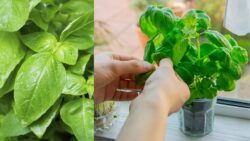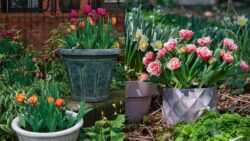6 Beautiful Annual Flowers: Annual flowers that attract bees are nature’s way of boosting your garden’s growth and productivity. These bright, colorful blooms not only make your garden beautiful but also encourage pollination, which helps your plants thrive naturally.
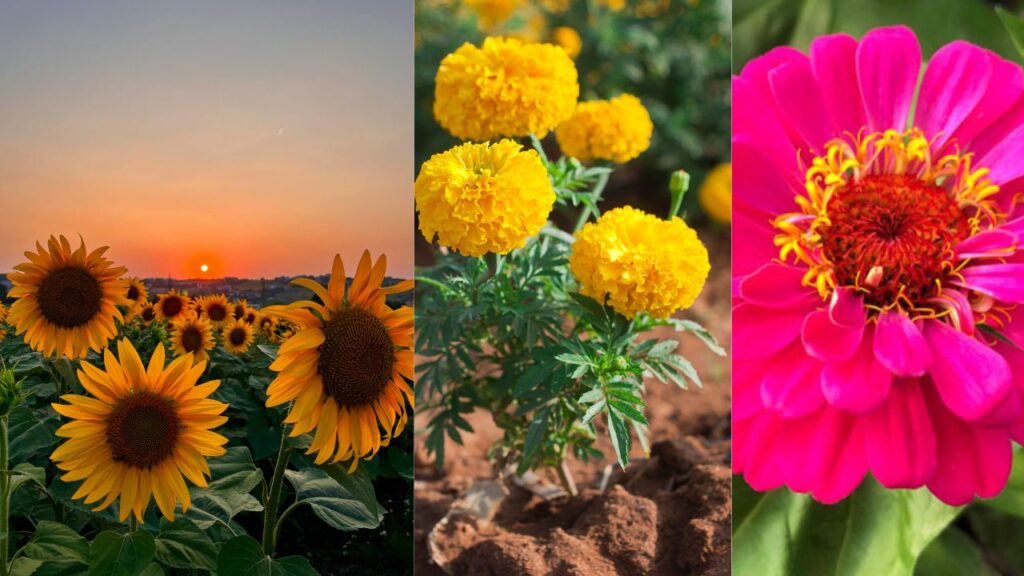
Why Plant Annual Flowers That Attract Bees
Planting bee-friendly annual flowers is one of the easiest ways to create a healthy and vibrant garden. Bees are essential pollinators that increase fruit and vegetable yields while maintaining the natural ecosystem. When you grow nectar-rich annuals, you invite bees to stay longer, ensuring your garden stays productive throughout the growing season.
Top 6 Annual Flowers That Attract Bees and Boost Growth
1. Sunflowers
Sunflowers are the ultimate pollinator magnets. Their large, open faces make it easy for bees to collect nectar and pollen. Choose single-stem or branching varieties for a long blooming season that benefits both bees and your garden’s soil.
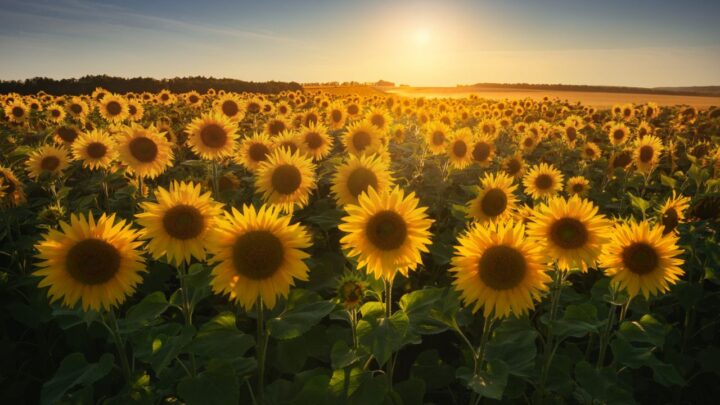
2. Zinnias
Zinnias are vibrant and easy to grow from seed. They bloom continuously and attract bees, butterflies, and other beneficial insects. The more you cut them for bouquets, the more they bloom — keeping your garden buzzing with activity.
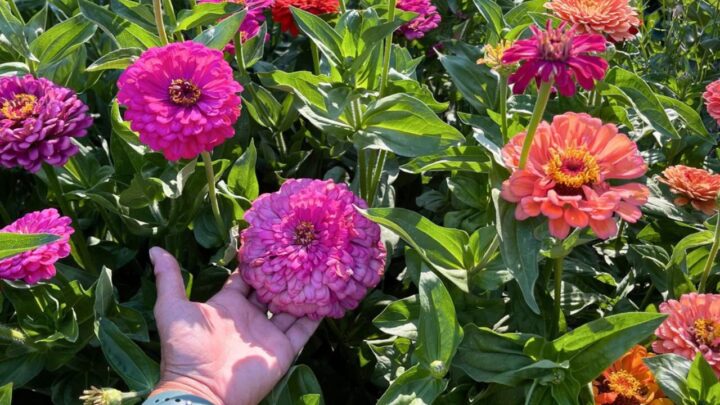
3. Marigolds
Marigolds are cheerful, low-maintenance annuals that bees love. Their strong scent also helps repel harmful insects like aphids, protecting nearby vegetables. They thrive in full sun and bloom throughout summer.
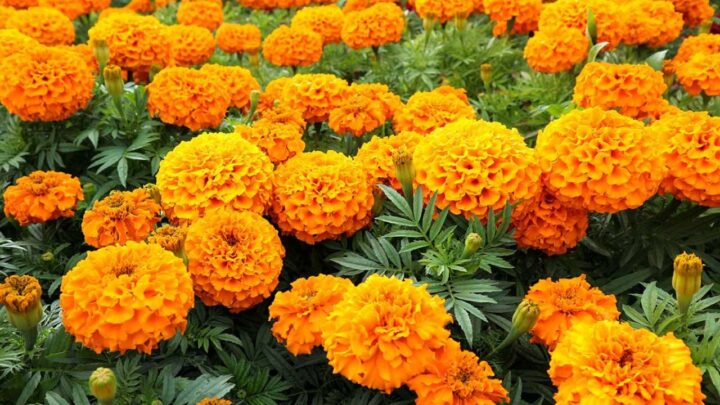
4. Cosmos
Cosmos flowers are delicate yet strong bee attractors. Their open petals allow bees easy access to nectar, while their tall, airy growth adds elegance to any garden. They’re also drought-tolerant, perfect for low-maintenance gardeners.
5. Borage
Borage, often called the “bee herb,” produces star-shaped blue flowers rich in nectar. It continuously blooms through the season, offering a reliable food source for pollinators while improving soil fertility naturally.
6. Alyssum
Sweet alyssum is a ground-hugging flower with a lovely honey scent. Bees adore its clusters of tiny white or purple blooms. It’s perfect for borders or containers and helps attract beneficial insects that control garden pests.
Step-by-Step Guide to Growing Bee-Friendly Annual Flowers
- Step 1: Choose the Right Location
Pick a sunny spot with at least 6 hours of direct sunlight daily. Bees love warmth and light, so ensure your plants get plenty of both. Good air circulation also helps flowers stay healthy and reduces fungal problems.
- Step 2: Prepare the Soil
Use well-draining, nutrient-rich soil mixed with compost. Loosen the soil to improve root growth and water absorption. Healthy soil not only supports flower growth but also keeps bees safe from harmful chemicals.
- Step 3: Sow Seeds or Transplant Seedlings
Follow the spacing instructions for each flower type. Plant seeds in moist soil and lightly cover them. For seedlings, handle gently and water immediately after transplanting to help them settle.
- Step 4: Water Regularly but Wisely
Water deeply once or twice a week instead of frequent shallow watering. This encourages strong root systems and continuous blooming. Early morning watering works best to avoid evaporation.
- Step 5: Avoid Pesticides
Chemical pesticides can harm bees. Instead, use natural alternatives like neem oil or companion planting. Always spray solutions during the evening when bees are less active.
- Step 6: Deadhead and Maintain
Remove faded flowers to encourage new blooms and extend the flowering season. Regular pruning also keeps plants tidy and prevents disease. Healthy plants attract more bees naturally.
Extra Tips for a Bee-Friendly Garden
- Plant flowers in clusters to help bees find them easily.
- Use native flower varieties for better pollination success.
- Provide a small shallow water dish with pebbles for bees to drink.
- Grow different flowers that bloom in all seasons.
- Avoid synthetic fertilizers — go organic whenever possible.
FAQs
Why are bees attracted to annual flowers?
Bees love annual flowers because they produce abundant nectar and pollen throughout their short but intense blooming season, providing consistent food sources.
Can I grow these flowers in containers?
Yes, most bee-attracting annuals like zinnias, marigolds, and alyssum grow beautifully in pots or planters as long as they receive plenty of sunlight and water.
When should I plant annual flowers for bees?
Plant annuals in spring after the last frost. This timing ensures bees have plenty of blossoms to visit during the warm months.
Do these flowers help vegetables grow better?
Absolutely! Bees improve pollination in fruiting plants like tomatoes and cucumbers, leading to healthier yields and better-quality produce.
A garden filled with buzzing bees and colorful flowers feels alive and rewarding. By planting these bee-attracting annuals, you’re not just decorating your space — you’re building a thriving, eco-friendly garden that gives back to nature every single day.

